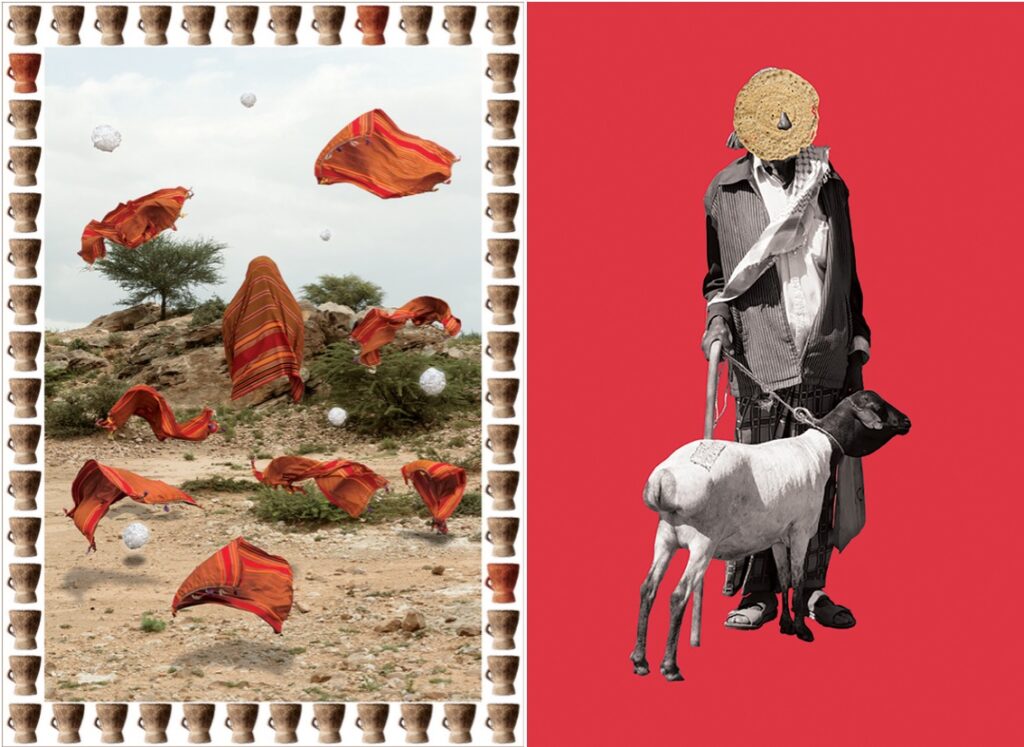Over the past year I spent a lot of time researching contemporary Somali culture in the Horn of Africa (Somalia, Somaliland, Somali Regional State in Ethiopia, Addis, Nairobi, North-Eastern Provinces of Kenya) for the Swiss Agency for Development and Cooperation (SDC) and a nice little consulting outfit focusing on culture called Aleph Strategies.
Unusually, SDC is planning a 12-year long smart investment into the development of Somali culture, and this report is the baseline study allowing to build a strategy. Donors rarely have the long-term perspective which allows for slow and steady build-up: the contrary of so-called ‘Quick Impact Projects’.
As part of their strategy, SDC agreed that we could prepare and disseminate a public version of the report. It covers the different types of cultural expression, the social and political context of cultural production in each region and it gives examples of current cultural developments and groups.
Here’s a link to the report

Here’s part of the Executive Summary:
There is a rich and vibrant cultural sector in Somali regions across the Horn of Africa. Set against a backdrop of political, social and economic unrest, contemporary and traditional culture provides an important avenue for self-expression, learning, leisure and entertainment. It also provides opportunities for addressing broader socio-economic challenges such as youth unemployment and gender inequality
There are very few donors or external implementing agencies working in the field of culture in Somalia. This is clearly a missed opportunity. Culture can play an important role in humanitarian and development intervention, but is often overlooked by funders and implementing agencies. Culture can be a useful vector for mediation efforts between political and religious groups; it can drive societal and political transformation and it can unlock economic opportunities, particularly in the creative industries.
Working within the culture sector, particularly as an external agency, requires sensitivity and caution to avoid accusations of enforced Westernisation or of deploying soft power to achieve less lofty objectives. Further, caution is needed to avoid creating aid dependencies between individual donors and grant recipients.
This study identifies the scope for a regional, cross-border engagement in the field of culture, building on the common traits of Somali culture. This should be a grass-roots, community driven process. Working through national governments in a top-down process presents several disadvantages: each government sets its own priorities and many institutional actors wish to monopolise access to their field, to manage funding flows and determine outcomes.
The kind of approach suggested in this document requires a long-term, strategic vision. Part of this effort is nurturing the incipient and still disorganised Somali cultural sector to grow in a democratically organised, collaborative and network-based manner. This may take many years. Encouraged by SDC’s 12-year planning horizon, we have ventured to make some recommendations to create an enabling environment for culture. We hope that this document will encourage donors to support Somali arts and culture, preferably in a coordinated, long-term and sustainable manner.
Download the full report here.

Valuable Swiss top-down transformed to bottom-up approach.
Nice work!
Gjalt